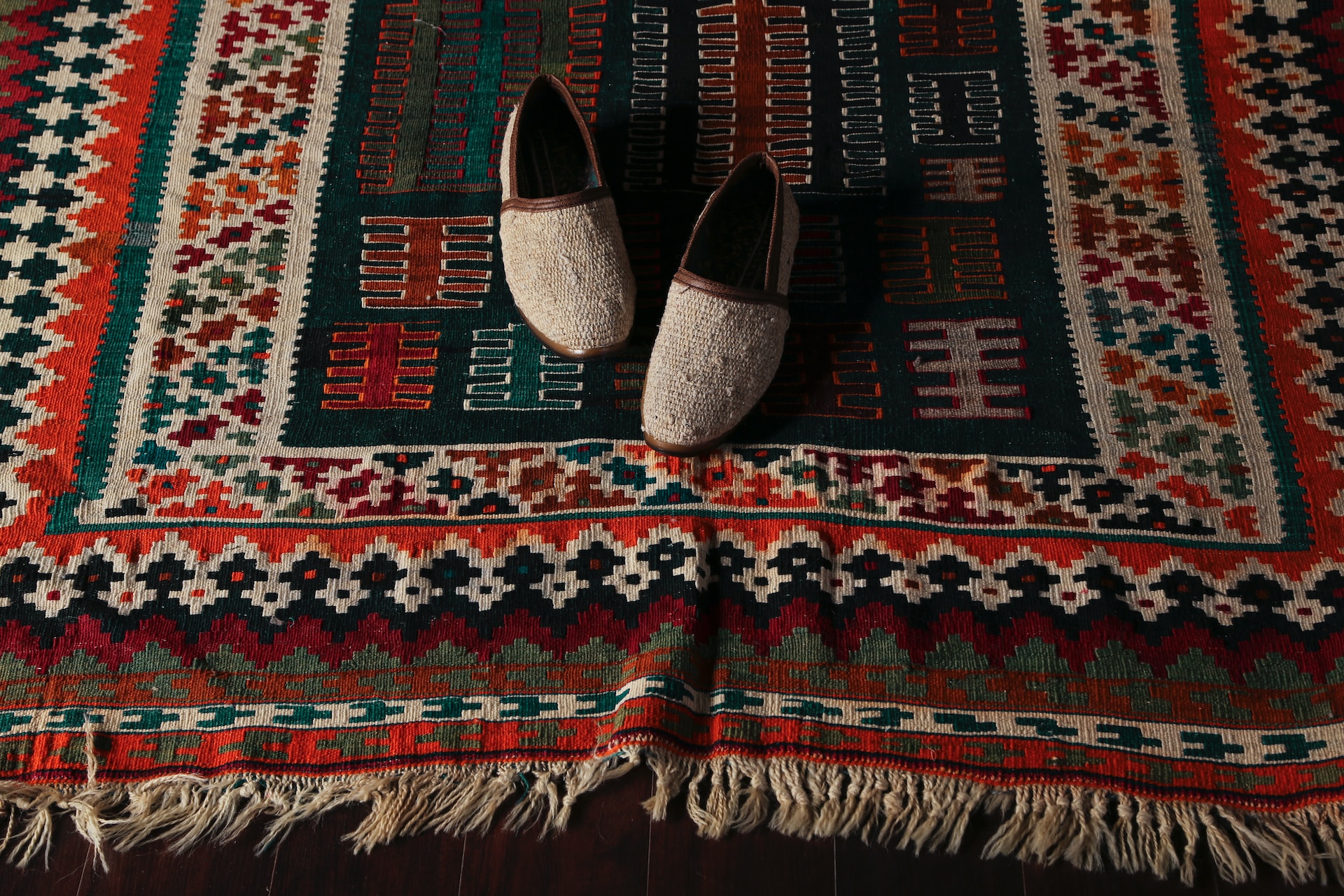Turkish handicrafts are renowned worldwide for their exquisite beauty and rich cultural heritage. From intricately designed carpets and ceramics to stunning jewelry and textiles, there is a wide array of traditional crafts that capture the essence of Turkey. If you are planning a trip to this captivating country, be sure to explore the local markets and bazaars to find unique souvenirs and keepsakes that will serve as cherished mementos of your journey. In this article, we will delve into the fascinating world of Turkish handicrafts, highlighting the most popular items and offering insights on where to find them.
Table of Contents
- Introduction
- Turkish Carpets and Kilims
- Ceramic Art: Iznik Tiles and Pottery
- Calligraphy and Illumination
- Traditional Turkish Jewelry
- Leather Goods and Accessories
- Textiles: Ottoman-Inspired Fabrics
- Woodwork: Marquetry and Carving
- Glassware: Turkish Mosaic Lamps
- Meerschaum Pipes
- Turkish Delights: Confectionery and Spices
- Where to Buy Turkish Handicrafts
- Preserving Turkish Handicrafts
- Conclusion
- FAQs
1. Introduction
Turkey has a rich cultural heritage spanning thousands of years, and its handicrafts reflect this rich tapestry of history and artistry. Turkish artisans are known for their meticulous craftsmanship and attention to detail, which has been passed down through generations. Each region of Turkey has its own unique handicrafts, showcasing distinctive styles and techniques.
2. Turkish Carpets and Kilims
Turkish carpets and kilims are renowned worldwide for their exceptional quality and intricate designs. These handwoven textiles are often adorned with vibrant colors and geometric patterns, each telling a story of the region where it was created. From the luxurious silk carpets of Hereke to the flat-woven kilims of Anatolia, Turkish carpets are true works of art.
3. Ceramic Art: Iznik Tiles and Pottery
Iznik tiles and pottery hold a special place in Turkish art and culture. The city of Iznik, known as Nicea in ancient times, has been a hub of ceramic production for centuries. Iznik tiles feature mesmerizing patterns and vibrant colors, often depicting floral motifs and intricate geometric designs. Turkish pottery, with its unique glazes and hand-painted decorations, is also highly sought after by collectors and art enthusiasts.
4. Calligraphy and Illumination
Calligraphy, known as “hat” in Turkish, is a revered art form in the country. Turkish calligraphy combines exquisite penmanship with profound religious and poetic expressions. Skilled calligraphers produce mesmerizing works on various mediums, including paper, parchment, and even ceramics. Illumination, the art of embellishing calligraphic works with gold leaf and colorful pigments, is also an integral part of Turkish art.
5. Traditional Turkish Jewelry
Turkish jewelry is renowned for its opulence and intricate designs. From dazzling Ottoman-inspired necklaces and earrings to ornate rings and bracelets, Turkish jewelry captures the essence of luxury and elegance. Many pieces feature precious gemstones, such as turquoise, garnet, and amethyst, which are expertly set in gold or silver.
6. Leather Goods and Accessories
Turkey has a long-standing tradition of producing high-quality leather goods and accessories. Leather artisans create a wide range of products, including handbags, wallets, belts, and shoes. The vibrant colors, meticulous stitching, and attention to detail make Turkish leather goods highly desirable and long-lasting.
7. Textiles: Ottoman-Inspired Fabrics
The Ottoman Empire left a profound influence on Turkish textile production. Ottoman-inspired fabrics, such as brocade and velvet, are still woven today using traditional techniques. These textiles are often adorned with intricate patterns and metallic threads, adding a touch of luxury to garments, upholstery, and home decor.
8. Woodwork: Marquetry and Carving
Turkish woodwork is renowned for its intricate marquetry and carving techniques. Skilled artisans create mesmerizing designs by meticulously arranging different types and shades of wood veneers. From decorative panels and furniture to musical instruments and jewelry boxes, Turkish woodwork showcases a harmonious blend of artistry and craftsmanship.
9. Glassware: Turkish Mosaic Lamps
Turkish mosaic lamps are a sight to behold. These stunning pieces of glassware are meticulously handcrafted by skilled artisans. The vibrant colors and intricate patterns create a mesmerizing play of light and shadow when illuminated. Turkish mosaic lamps serve as captivating decorative pieces, infusing any space with a warm and enchanting ambiance.
10. Meerschaum Pipes
Meerschaum, a white mineral found exclusively in Turkey, is used to create exquisite smoking pipes. Meerschaum pipes are renowned for their intricate carvings and delicate craftsmanship. These unique pipes are not only functional but also highly collectible, making them a perfect keepsake for pipe enthusiasts.
11. Turkish Delights: Confectionery and Spices
No visit to Turkey would be complete without indulging in its delightful confectioneries and spices. Turkish delight, known as “lokum,” is a beloved sweet treat made from gelatin, sugar, and various flavors such as rosewater, lemon, or pistachio. Alongside sweet delicacies, Turkey is also famous for its aromatic spices, including sumac, saffron, and cumin.
12. Where to Buy Turkish Handicrafts
Turkish handicrafts can be found in bustling markets and bazaars throughout the country. Istanbul’s Grand Bazaar and Spice Bazaar offer an array of options, while other cities like Ankara and Izmir have their own vibrant markets. Additionally, reputable art galleries and souvenir shops provide a curated selection of Turkish handicrafts.
13. Preserving Turkish Handicrafts
Preserving Turkish handicrafts is of utmost importance to sustain this rich cultural heritage. Efforts are being made by the Turkish government and various organizations to support artisans, promote their work, and ensure the continuation of traditional crafts. By purchasing authentic Turkish handicrafts from reputable sources, visitors contribute to the preservation of this invaluable cultural legacy.
14. Conclusion
Turkish handicrafts embody the country’s cultural diversity, artistic expression, and rich heritage. Whether it’s a meticulously woven carpet, a beautifully painted tile, or a piece of ornate jewelry, each handicraft tells a unique story and captures the essence of Turkey. By bringing home these souvenirs and keepsakes, you not only acquire a piece of art but also carry a piece of Turkey’s vibrant culture with you.
15. FAQs
1. Are Turkish handicrafts expensive?
The prices of Turkish handicrafts vary depending on the item, its intricacy, and the materials used. While some pieces can be relatively affordable, others, especially those made with precious materials or requiring complex craftsmanship, can be more expensive.
2. Can I find Turkish handicrafts outside of Turkey?
Turkish handicrafts are best found in Turkey due to their cultural significance and the authenticity of the items. However, you may come across Turkish handicrafts in specialized shops or online stores that import them from Turkey.
3. How can I ensure the authenticity of Turkish handicrafts?
To ensure the authenticity of Turkish handicrafts, it is advisable to purchase them from reputable sources such as established markets, government-certified shops, or trusted art galleries. Look for certificates or labels that verify the item’s origin and authenticity.
4. Can I haggle when buying Turkish handicrafts?
Haggling is a common practice in Turkish markets, particularly in places like the Grand Bazaar. While not all vendors may be open to negotiation, it is worth trying to get a better price, especially when buying higher-value items.
5. Can I bring Turkish handicrafts through customs?
Generally, you can bring Turkish handicrafts back home without any issues. However, it is essential to familiarize yourself with the customs regulations of your home country to ensure compliance with any import restrictions or documentation requirements.


